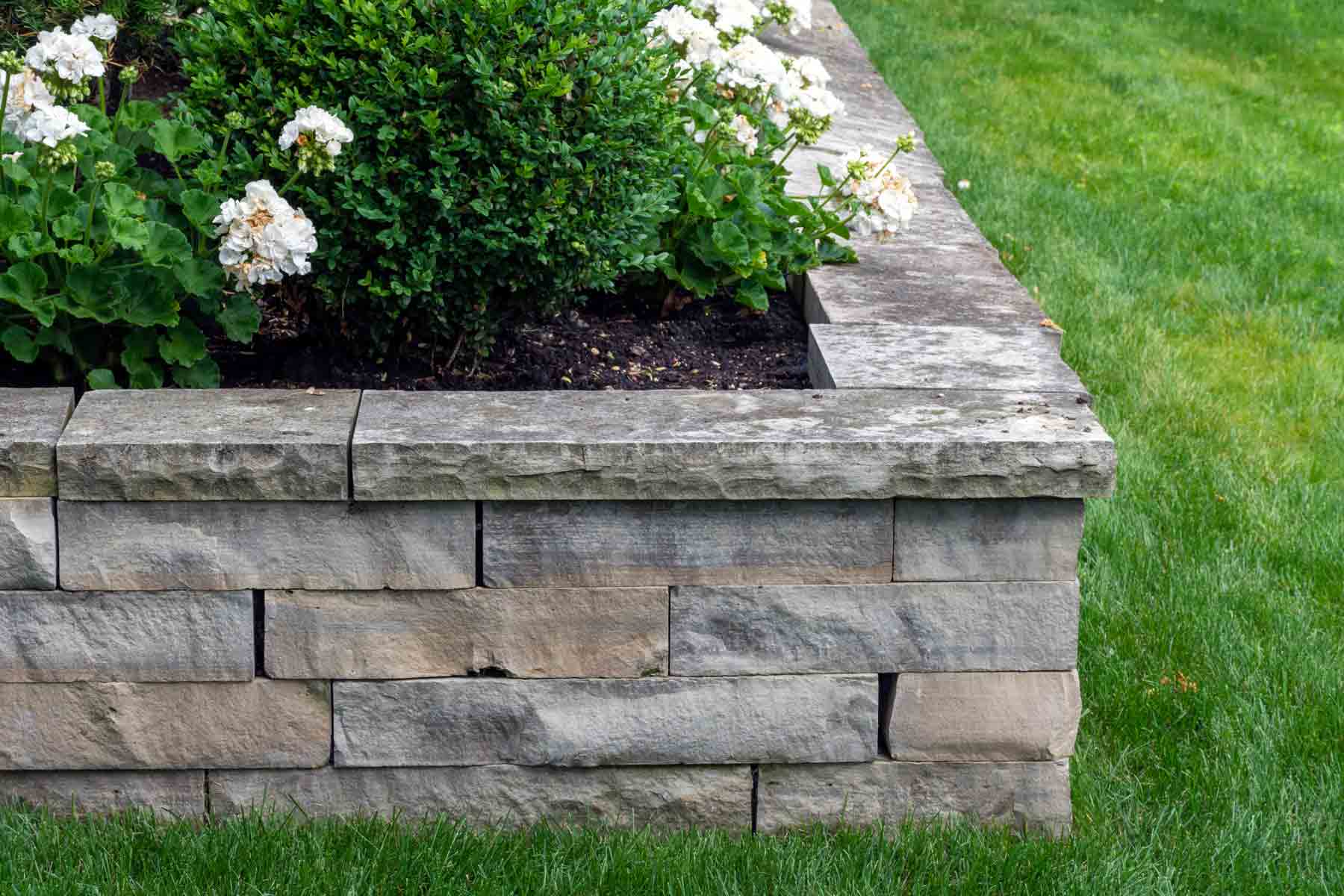Opening the Keys of Sustainable Stonework Building Practices for Eco-Friendly Structures
In the world of modern-day building and construction, the pursuit of lasting techniques has ended up being vital. Amongst the myriad methods to environment-friendly structure, lasting stonework building and construction sticks out as a time-tested and durable technique that holds a wealth of untapped potential. From the choice of materials to ingenious construction strategies, the keys to achieving sustainability within masonry building and construction are multifaceted and intriguing. By discovering the advantages, products, methods, and future fads of sustainable masonry, a deeper understanding of just how these techniques can shape the future of eco-friendly buildings arises.
Advantages of Lasting Stonework Construction
Embracing lasting masonry building and construction practices not only decreases ecological impact but additionally supplies long-lasting financial benefits to building contractors and communities. By utilizing products like recycled blocks, blocks, and stones, contractors can considerably lower the carbon footprint of their projects while advertising source performance. In addition, lasting stonework building and construction methods, such as appropriate insulation and thermal mass properties, can enhance power efficiency within buildings, resulting in reduced operational prices over time.
Additionally, the durability and durability of masonry structures contribute to long-term financial advantages. Structures constructed making use of lasting masonry methods typically call for less maintenance and repair work, converting to set you back financial savings for building contractors and homeowner. The durability of stonework products additionally ensures that frameworks stay secure and secure, decreasing the demand for constant improvements or substitutes.
Eco-Friendly Stonework Products
Making use of green stonework products is a critical step towards improving the sustainability of construction techniques and lessening ecological influence while maximizing long-term financial advantages. Sustainable masonry materials are sourced, generated, and utilized in a fashion that reduces total environmental effect. Materials such as recycled bricks, reclaimed rock, and lasting cinder block are becoming increasingly preferred choices for eco-conscious contractors. Recycled blocks, for example, not only draw away waste from garbage dumps but also need less energy to generate compared to new bricks. Reclaimed stone offers a distinct aesthetic appeal while minimizing the demand for new quarrying. Sustainable concrete obstructs include recycled accumulations and might include better insulation residential or commercial properties, adding to energy efficiency in buildings.
In addition, natural materials like adobe, rammed planet, and straw bales provide exceptional thermal mass properties, minimizing the demand for home heating and cooling down power. These products are typically locally available, advertising regional economic situations and reducing transportation-related carbon exhausts. By picking eco-friendly masonry products, construction tasks can dramatically lower their environmental impact and contribute to the creation of healthier, much more lasting developed atmospheres.
Energy-Efficient Stonework Methods
Energy efficiency plays a vital role in enhancing the sustainability of masonry building practices. By carrying out energy-efficient stonework methods, builders can significantly reduce the overall power usage of a building, causing lower operational expenses and a smaller ecological impact. One essential energy-efficient here are the findings stonework technique is making use of thermal mass, which entails integrating thick products like concrete or brick into the structure's framework to take in and save warmth. This assists regulate interior temperatures, lowering the requirement for mechanical home heating and cooling down systems.

Innovations in Sustainable Masonry
Recent improvements in lasting stonework methods have actually caused cutting-edge methods that are improving the building and construction sector. One such innovation is the growth of self-healing concrete, which utilizes germs installed within the concrete to heal cracks autonomously. This breakthrough not only reduces maintenance costs yet also improves the resilience of stonework structures, contributing to their sustainability.
Another noteworthy innovation is the usage of recycled accumulations in masonry building - masonry contractor. By including products such as crushed ceramic waste or recycled glass into concrete blends, building contractors can decrease the ecological influence of construction tasks while keeping structural integrity. This practice not only draws away waste from landfills but likewise preserves natural deposits, making it a key advancement in lasting masonry construction
Additionally, the combination of digital design tools, such as Structure Info Modeling (BIM), is reinventing the means masonry structures are planned and built. BIM enables for more specific estimations, decreased product wastefulness, and improved energy effectiveness, inevitably resulting in more lasting structure methods. These technologies collectively signify my link an appealing future for lasting masonry building and construction in the era of green buildings.
Future Trends in Stonework Sustainability
With the cutting-edge strides made in sustainable masonry practices, the future fads in stonework sustainability are poised to additional reinvent the construction market. Among the key patterns forming the future of stonework sustainability is the increased integration of innovation. Improvements such as Building Details Modeling (BIM) and online fact simulations are being utilized to maximize stonework building procedures, causing decreased material waste and improved power effectiveness in structures.
In addition, the growth of unique lasting materials is readied to play a significant function in improving the eco-friendliness of masonry building and construction. masonry contractor. Developments like self-healing concrete, recycled aggregates, and bio-based binders are obtaining traction for their capability to decrease ecological impact while maintaining structural integrity

Final Thought
In conclusion, sustainable stonework construction practices supply many advantages for environment-friendly structures. By utilizing green materials and energy-efficient methods, stonework can add to a more lasting built setting. Advancements in sustainable masonry are continually being developed to additionally enhance the environmental efficiency of buildings. Looking towards the future, the fad of stonework sustainability is expected to expand, leading to more eco friendly and energy-efficient building techniques in the years to come.